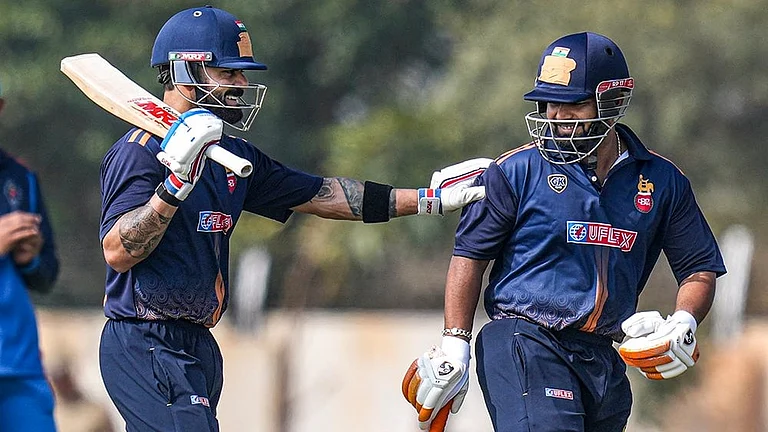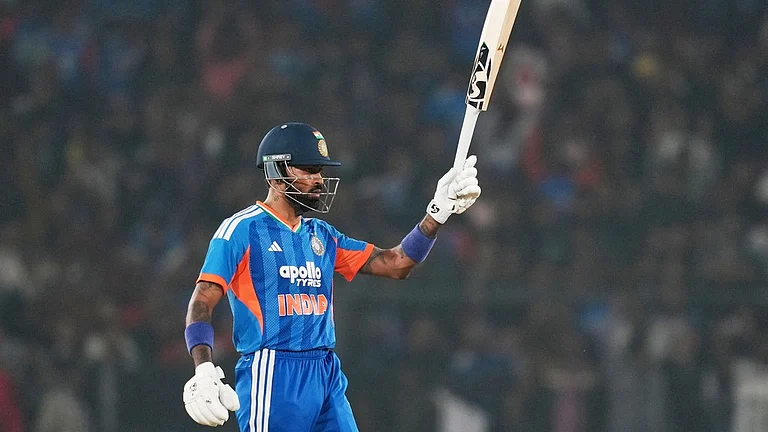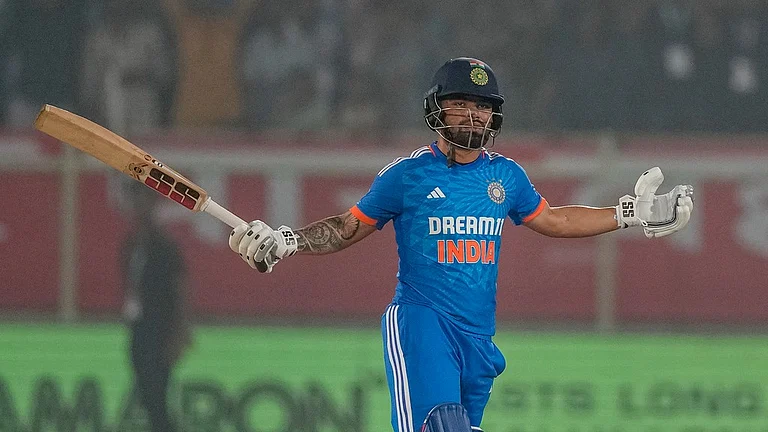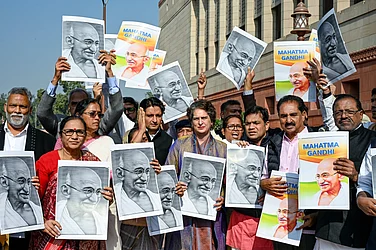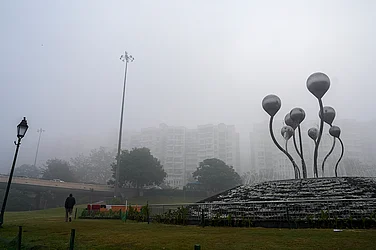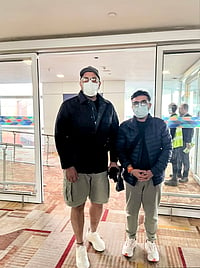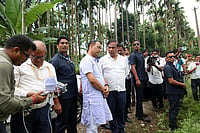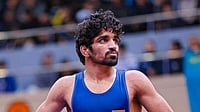Noted Pakistani historian and academic Fakir Syed Aijazuddin still remembers the day in 1983 when he saw singing legend Lata Mangeshkar relish spicy pickles and fiery curries, food that singers would normally avoid, during lunch.
Mangeshkar's voice was a gift from God as one could hear divinity in it and to listen to her was a privilege, an act of homage to the common creator, the historian said in an interview with PTI.
"Lata Mangeshkar was an ethereal voice trapped in the body of a human throat. She claimed that it was a gift from God. She treated it as a boon - never betraying the responsibility that came with it, nor denying to a world that could not see God but could hear divinity through song," Aijazuddin said.
The legendary singer passed away on Sunday following Covid-19 related complications and like many of her long standing admirers Aijazuddin mourned the singer's demise while paying tribute to her talent.
Regarded as one of Indian cinema's greatest playback singers, Mangeshkar sung over 25,000 songs in various Indian languages, including popular Hindi tracks "Ajeeb dastan hain ye", "Naam ghum jaaye ga", Lag ja gale" and "Baahon me chale aao".
Aijazuddin recalled meeting the singer in January, 1983 in vivid details during a concert in Abu Dhabi.
“She spent the afternoon rehearsing, and that evening gave a faultless performance. Dressed in a bordered white sari, she approached the stage, removed her sandals and then began with a sacred 'sloka'... Her crescendo was Satyam, Shivam, Sundaram — the title song from Raj Kapoor’s film that he built around Zeenat Aman’s disfigured face miming to Lata’s invisible voice.”
After the show, Mangeshkar, joined Aijazuddin's group and as she sat on a settee, there was a hush in the group.
"Others were hesitant to sit next to her. I did. Tongue-tied -- what does one say to a legend -- I mumbled inadequate praise and then asked for her autograph.”
Aijazuddin said he was amazed to see the the foodie side of the singer.
“One would have imagined that she was very careful about her throat. No, over lunch, she relished the spicy pickles and fiery curries as if her vocal cords were made of iron," he said
The historian said in the 1970s, Mangeshkar gave one of her rare concerts that he saw on television.
"During this one, she sipped water constantly to moisten her throat. Nur Jahan used pats of butter to lubricate hers, others something stronger,” he said.
Aijazuddin has spent his life researching Indian miniature painting, Sikh art history, the work of 19th-century artists who travelled across the subcontinent.
His friendship with the late Khushwant Singh was completed when he brought the writer's ashes by train to Pakistan, for immersion in his birthplace Hadali.
The historian recalled how Indian films were shown in Pakistani cinemas without any issue in the 1950s.
“I grew up, as most of my generation did, to her innumerable songs lip-synced by film actresses from Nargis in the 1950s, Vyjayanthimala, Hema Malini, Dimple Kapadia, to Kajol in the 2000s. Their faces grew younger but their singing voices on screen remained as ageless as Lata’s dulcet tones,” the Pakistani historian said.







